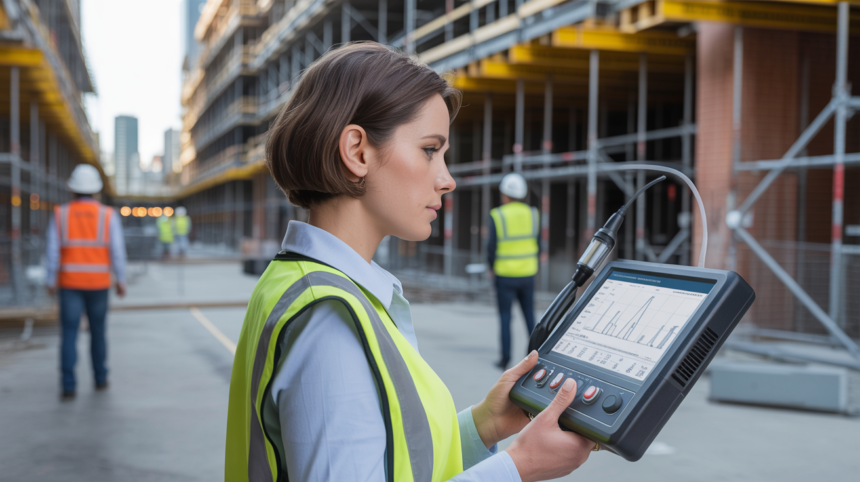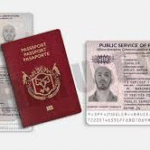Melbourne is developing as a centre for advanced manufacturing, healthcare, infrastructure, and logistics. Accordingly, the role of the Occupational Hygienist is evolving too, although in a more muted, behind-the-scenes way. Having been mainly concerned with exposure assessments, air quality monitoring, and compliance with workplace regulations, hygienists are beginning to take on more advanced and broader strategic functions.
With a focus on silica and psychosocial hazards and ESG performance, the high-risk, post-pandemic work environment has shifted the levels of demand Occupational Hygienists face. In Victoria, employers expect Melbourne Occupational Hygienists to be more than technical assessors; they want them to be workplace risk strategists, culture influencers, and operational advisors.
What’s changed the value of Occupational Hygienists?
The Exceedingly Important Role of Hygienists as Risk Integrators
It’s time to shift the outdated perception that occupational hygienists only work in “dirty” or industrial environments. The increasing demand for their skills in Melbourne includes:
Healthcare and aged care facilities
Food and beverage manufacturing
Warehousing and distribution centres
Office refurbishments and public infrastructure
Why? Because the risks we need to manage are no longer just the visible hazards. The office occupational hygienist Melbourne now has a role in managing exposure to low-level VOCs while designing and implementing respiratory protection programs for hospitals exposes the hygienist to procurement, ESG, and HR functions.
Psychosocial Risks? Hygienists Should Be Included
Due to new regulations concerning psychosocial hazards from WorkSafe Victoria, the effects of workplace stress, fatigue, fiery environments, and poor conditions are coming to light. While merely the responsibility of HR or wellbeing teams, the risks presented by uncontrolled noise, lighting, and temperatures are areas occupational hygienists can help address.
Occupational hygienists in Melbourne are now multitasking. In addition to providing clients with psychosocial risk compliance, they quantify the environmental parameters that contribute to poor mental health.
Hygienists and the ‘S’ in ESG
Documenting the environment, social, and governance (ESG) frameworks is compulsory, particularly for mid to large-sized businesses in Victoria working with government contracts and businesses operating under ISO 14001/45001 standards. The social component of ‘ESG’ is interpreted more broadly to refer to the occupational health and safety of employees.
When occupational hygienists’ tracking reports are included in ESG dashboards, they can show how:
Workers’ exposures to carcinogens are lessened
Complete control over airborne particulates.
Adoption of safer substitution strategies.
Employees are collaboratively participating in risk management.
More and more progressive companies are communicating with hygienists in a more integrated fashion and placing them in the role of strategic partners in your ESG reporting cycles instead of being reactive incident responders.
Fit Testing, Data Trends, and Predictive Insight
Concerns over silica, asbestos, and biohazards have increased hygienists’ quantitative mask fit testing throughout Melbourne. This has meant the hygienists have amassed large amounts of exposure control data but most organisations are not using that data.
Hygienists can assess mask fit testing at a level that few have in your organisation.
Which departments are repeating failures?
Are certain mask types consistently and systematically underperforming?
Are results being impacted by seasonal facial hair?
That data may, in the next iteration, form a part of your organisation’s predictive risk modelling and integrated AI dashboards that align with your risk register, incident management, and risk modeling.
Health-First Design and The Workforce Expectation Shift
The post-pandemic workforce—especially in Melbourne’s knowledge and tech sectors—expects a healthier workspace. Indoor air quality, chemical-free environments, ergonomic lighting, and low-noise environments are no longer perks, they’re expectations.
Occupational hygienists are now the link between function and design, influencing workplace layouts, selection of materials, and ventilation strategies. Visionary architects and fit-out firms in Melbourne, hygiene specialists, and builders are now working together in the early design stages.
Why? Because the costs associated with poorly executed pre-design stages usually end with retrofit audits that compromise the designer’s reputation and open up liability under Victoria’s workplace health and safety legislation.
Conclusion
The occupational hygienist in Melbourne is no longer just a compliance safeguard. They are the eyes and ears of a many progressive businesses, and providing risk insights across a multitude of areas from capital outlay, and ESG positioning, air quality, and even morale in the workplace.
While Australia’s focus on the wellbeing of its workers, respiratory protection, and risk management is sharpening, the need for adaptable and systems-informed hygienists will increase.
If your business still views hygiene services as “just another box to tick,” it’s time to shift your approach.
If your business hasn’t yet treated hygiene services as just another box on the list, your hygiene services are a more strategic risk control measure than you think.









